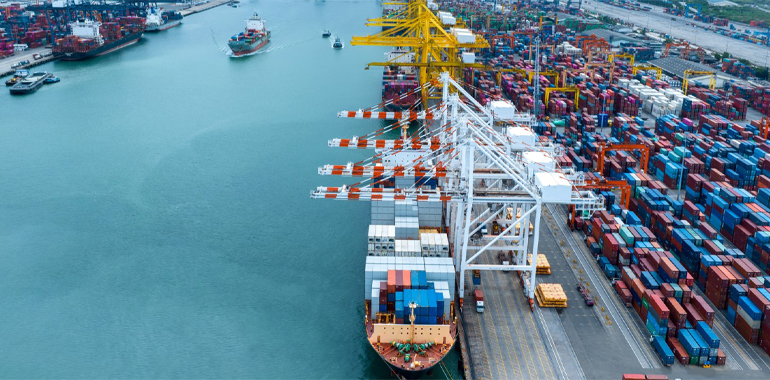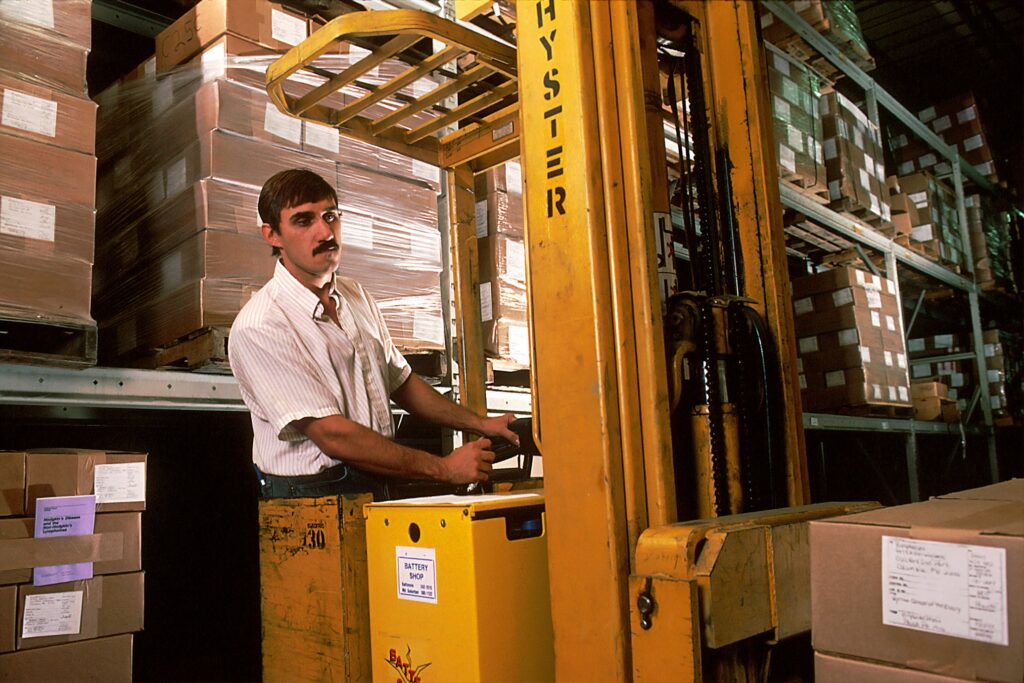Coastal transport routes have always played a critical role in global trade and economic growth. From ancient civilizations relying on rivers and seas for commerce to today’s highly complex shipping networks, coastlines have long served as vital corridors of connectivity. In the 21st century, the importance of coastal transport routes is only increasing as global demand for goods rises, trade networks expand, and sustainability becomes a central focus of logistics.
Modern businesses now see coastal transport not merely as a supplementary option but as an essential part of their supply chain strategy. With the rise of e-commerce, urbanization, and international trade, the ability to move goods efficiently along coastlines is shaping both regional and global economies.
Why Coastal Transport Routes Matter
Coastal routes are more than just convenient shipping lanes; they are the backbone of supply chains for many nations. Several factors explain their growing importance:
- Globalization of Trade: As businesses expand across borders, shipping via coastal routes connects local markets with international destinations.
- Efficiency and Cost Savings: Coastal transport often proves cheaper and more energy-efficient than overland alternatives, especially for bulk goods.
- Access to Remote Regions: Coastal shipping provides vital links for regions not easily accessible by road or rail.
- Environmental Benefits: Compared to road freight, coastal shipping generally produces fewer emissions per ton of cargo moved.
For businesses operating in highly competitive markets, leveraging these routes can make the difference between meeting customer demands and falling behind.
The Evolution of Coastal Transport
Historically, coastal shipping was the lifeline of commerce. Ancient traders used coastal navigation to exchange goods like spices, textiles, and metals. Today, the scale has grown enormously, with massive container vessels, specialized carriers, and integrated port infrastructure forming the arteries of global supply chains.
Over the decades, coastal transport has evolved in response to several forces:
- Containerization: Standardized containers revolutionized the movement of goods along coastlines, improving speed and efficiency.
- Port Modernization: Investment in smart ports and automation has made coastal shipping more reliable.
- Technology Integration: GPS tracking, IoT devices, and AI-driven logistics systems give businesses real-time visibility across coastal networks.
- Sustainability Efforts: Governments and businesses are investing in green shipping initiatives to reduce emissions.
This evolution has elevated coastal transport routes from traditional waterways to high-tech lifelines of trade.
Coastal Transport and Regional Economies
The impact of coastal shipping extends far beyond ports. It fuels regional economies by:
- Supporting Local Industries: Coastal routes allow industries like agriculture, mining, and manufacturing to reach broader markets.
- Creating Jobs: Ports and related services generate employment opportunities in coastal cities.
- Attracting Investment: Efficient transport links encourage both domestic and foreign investment in infrastructure.
- Driving Tourism: Coastal connectivity often supports passenger transport, boosting local tourism economies.
For many island regions and coastal nations, this form of transport is not optional; it is essential for economic survival and growth.
The Role of Coastal Routes in Global Supply Chains
Global supply chains depend heavily on coastal routes for speed and cost efficiency. Consider the following examples:
- E-Commerce Fulfillment: Online retailers rely on fast coastal shipping links to deliver products to distribution centers.
- Bulk Commodities: Coastal routes are indispensable for transporting coal, grain, and minerals to domestic and international markets.
- Energy Trade: Oil and liquefied natural gas (LNG) carriers use coastal networks to supply critical energy resources.
- Automotive Logistics: Coastal shipping facilitates the distribution of vehicles from manufacturers to global markets.
By integrating with rail, road, and air freight, coastal routes create multimodal solutions that strengthen supply chain resilience.
Technology Transforming Coastal Transport
Advancements in technology are shaping the efficiency and reliability of coastal transport routes. Some of the biggest game changers include:
- Automation at Ports: Robotic cranes and automated guided vehicles speed up container handling.
- Digital Platforms: Shippers and freight companies use online systems to book and track cargo in real time.
- IoT and Sensors: Cargo monitoring ensures goods remain safe and conditions are controlled.
- AI and Predictive Analytics: Forecasting tools optimize routes, manage congestion, and anticipate delays.
- Sustainable Fuels: The shift to LNG, hydrogen, and electric propulsion reduces environmental impact.
These innovations are making coastal transport faster, smarter, and greener than ever before.
Sustainability and Coastal Shipping
As climate change and sustainability goals dominate business agendas, coastal transport is emerging as a greener alternative to overland freight. Compared to trucking, shipping by water generally:
- Emits fewer greenhouse gases per ton moved.
- Reduces congestion on highways and urban roads.
- Enables the use of energy-efficient vessels with lower carbon footprints.
With stricter emissions regulations worldwide, businesses are increasingly looking to coastal transport as part of their sustainability strategy.
Case Studies: Coastal Transport in Action
Real-world examples highlight how coastal transport strengthens economies and supply chains. From regional networks to island nations, these case studies show its growing impact.
- Europe’s Short-Sea Shipping Network: European countries have invested heavily in coastal routes to reduce road congestion and emissions.
- Asia’s Coastal Giants: Nations like China and India use coastal routes to move goods quickly between major industrial hubs.
- Island Economies: For countries like Japan, Indonesia, and Australia, coastal transport is essential for connecting remote communities and boosting trade.
Even within specialized regions, solutions such as Tasmania Freight illustrate how coastal transport routes provide tailored services that strengthen local economies while integrating with national and international supply chains.
Challenges Facing Coastal Transport
Despite its advantages, coastal transport faces challenges that must be addressed to maximize its potential:
- Port Congestion: Growing trade volumes can overwhelm port capacity.
- Regulatory Barriers: Customs and compliance requirements often slow down operations.
- Environmental Risks: Oil spills and marine pollution remain concerns.
- Infrastructure Gaps: Not all regions have modern ports or reliable shipping lanes.
- Rising Costs: Fuel prices and vessel maintenance continue to pressure operators.
Addressing these challenges requires investment, collaboration, and innovation across industries and governments.
The Future of Coastal Transport Routes
The future of coastal shipping is one of expansion and innovation. Some trends to watch include:
- Autonomous Vessels: Self-navigating ships designed for coastal and short-sea transport.
- Smart Ports: Fully digitalized ports capable of seamless cargo handling.
- Green Shipping Corridors: Routes specifically designed to minimize emissions.
- Integrated Multimodal Networks: Closer links between sea, road, rail, and air transport.
- Increased Regional Trade: As globalization shifts, regional trade through coastal routes is expected to surge.
Businesses that embrace these advancements will position themselves at the forefront of logistics innovation.
Final Thoughts
Coastal transport routes are no longer just an alternative; they are a strategic necessity for businesses and economies alike. They provide cost efficiency, sustainability, and connectivity that land-based logistics alone cannot match. As global trade expands, technology advances, and sustainability becomes critical, coastal shipping will play an even greater role in shaping the future of commerce.
For businesses, leveraging smarter coastal transport strategies is about more than moving goods; it’s about unlocking growth, building resilience, and staying competitive in an interconnected world.
The growing importance of coastal routes is undeniable, and the businesses that invest in them today will be the ones leading tomorrow.






